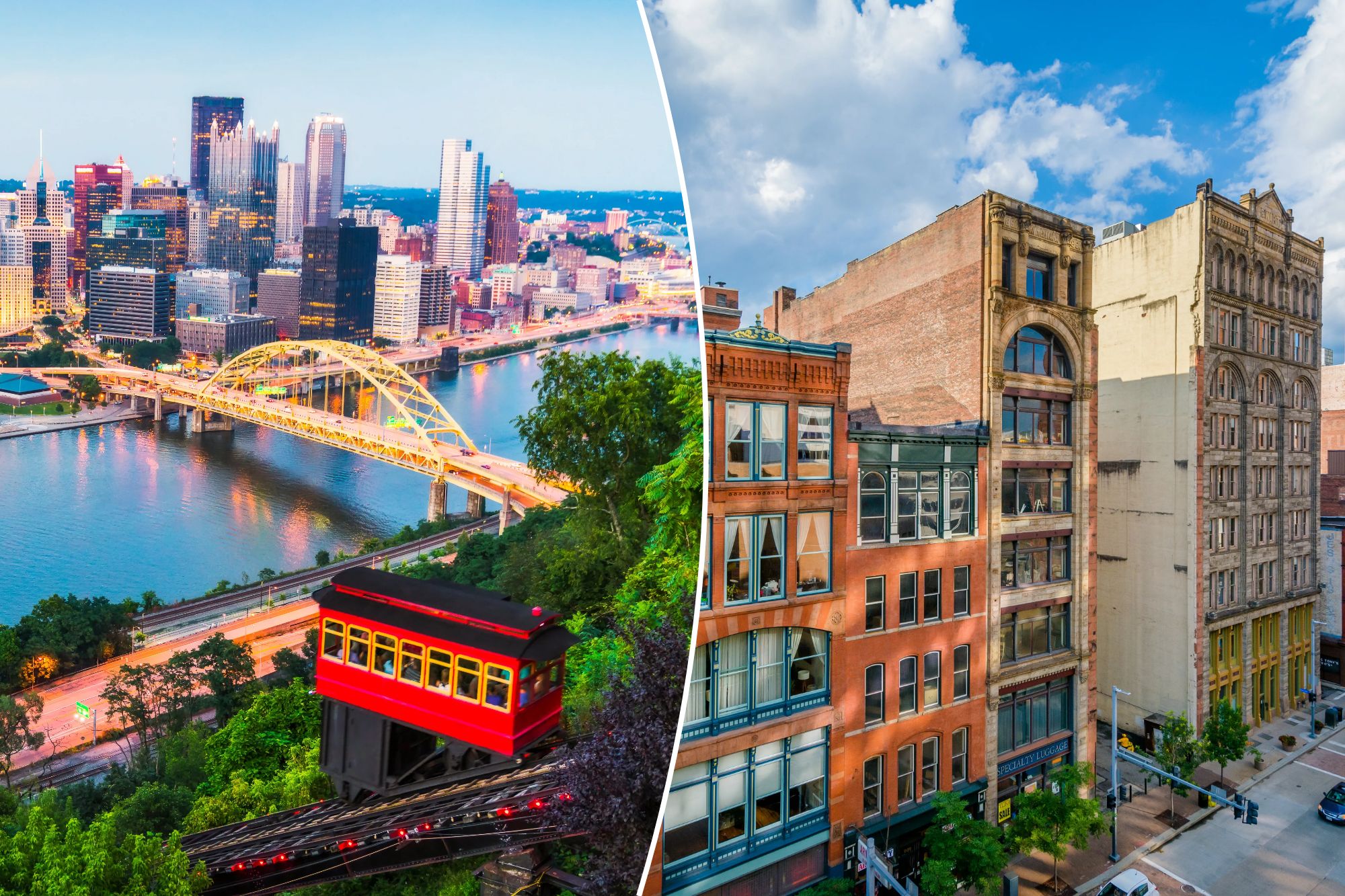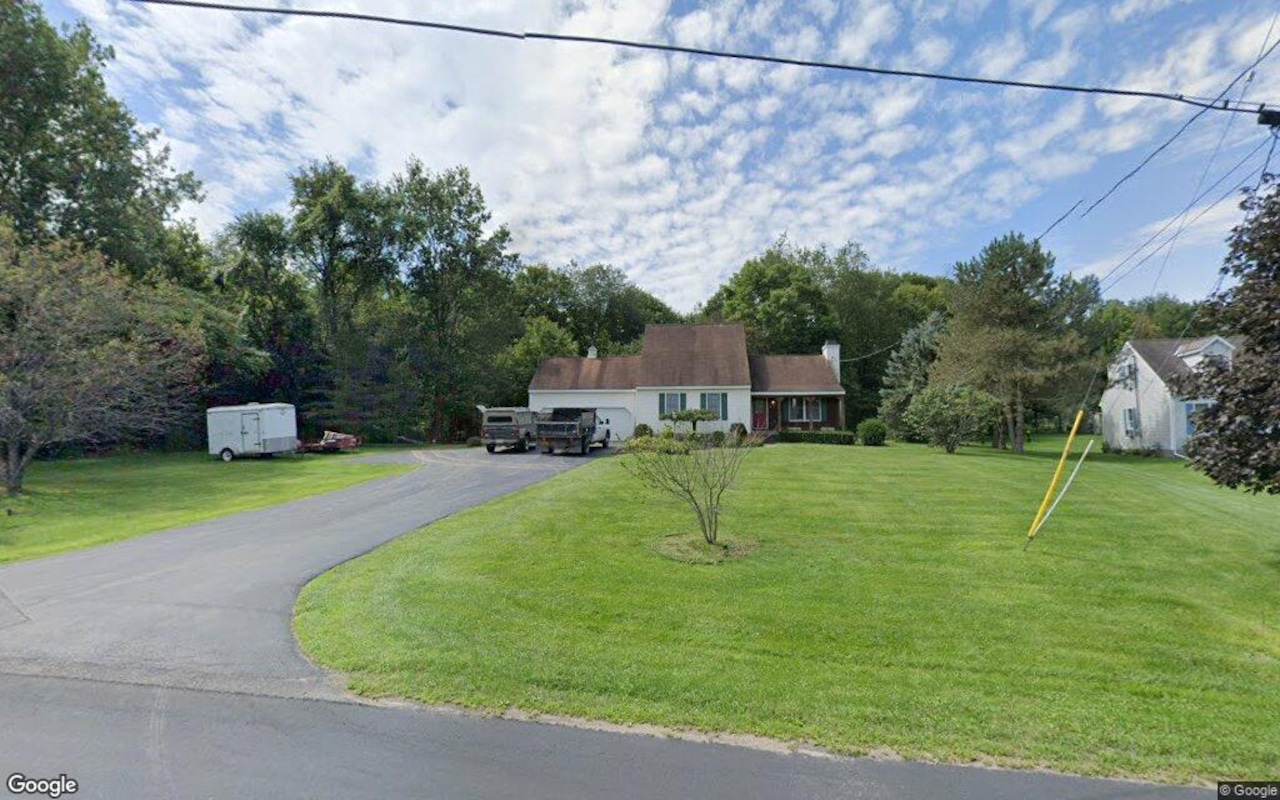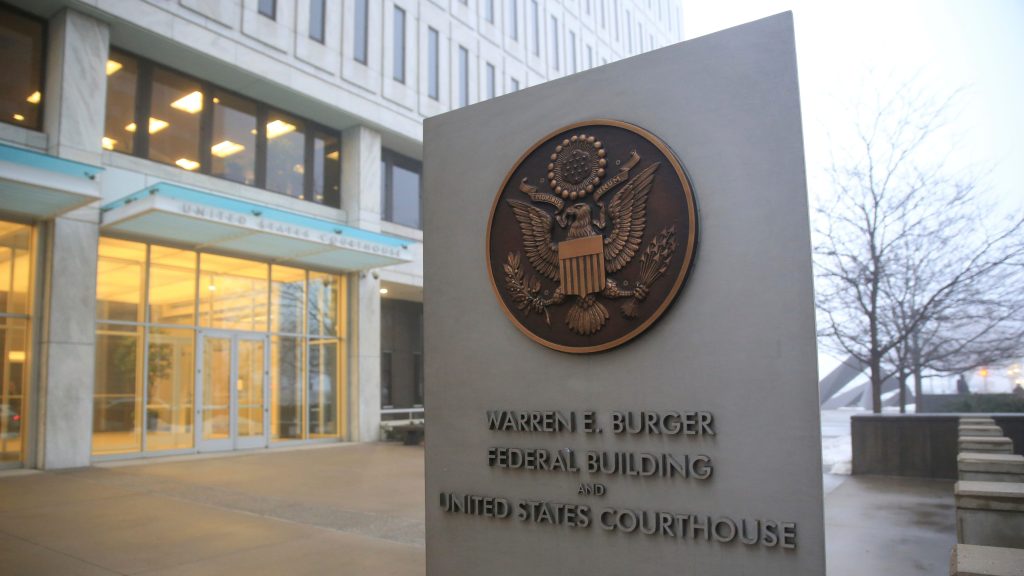P
ittsburgh's rental market has become a hotbed of competition, with prices soaring nearly 50% since 2019. This outpaces every other major city in the US, according to real estate analysts. The median rent in Pittsburgh has climbed 47.9% over the past six years, contrasting with a national trend of declining rental costs that has persisted for 20 months.
The surge can be attributed to residents with higher salaries competing for a limited number of rental homes. Realtor.com Economist Jiayi Xu notes that the pandemic drove renters from high-cost metros like New York City to Pittsburgh's relatively affordable housing. This shift in demand contributed to rising prices.
Despite a nationwide softening of the rental market, with prices falling $65 from their peak, they remain elevated compared to pre-pandemic levels in nearly all major metros except San Francisco. Across the country, rents are still 20% above their 2019 benchmarks, with Pittsburgh's surge leading the pack.
In Pittsburgh, homes for sale are scarce, with active listings down 39.3% since 2019. This demand-supply imbalance has driven up rent prices. Other cities like Tampa and Indianapolis have also seen significant growth, but none match Pittsburgh's trajectory.
While some markets have seen declines in rents due to new construction, this boom has not yet reached Pittsburgh. As a result, renters are grappling with the aftermath of a market that has outstripped supply. New construction has not kept up with demand, leaving only 1,738 units permitted for buildings with five or more units in 2024 – just 2.3% above the average number permitted between 2019 and 2023.
The rental landscape remains uneven, with some regions experiencing continued price growth. Cities like New York and Kansas City have seen recent increases, while others like Milwaukee are benefiting from a surge in multifamily housing starts.













